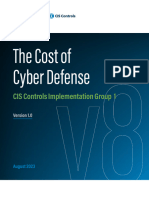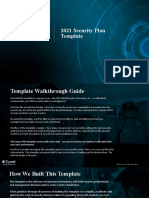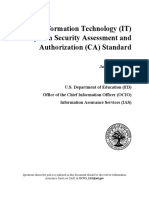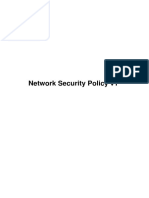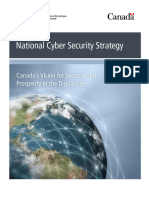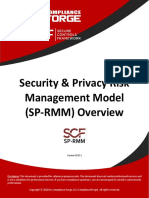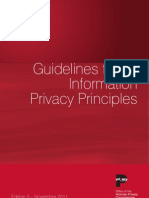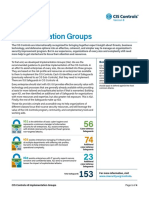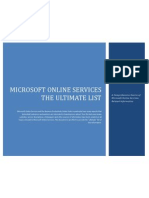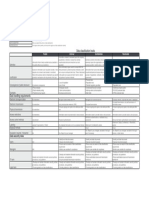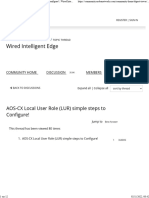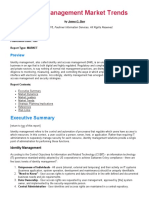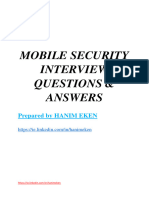0% found this document useful (0 votes)
763 views4 pagesCIS Controls v8.1 Implementation Groups 2024 06
CIS_Controls__v8.1__Implementation_Groups__2024_06
Uploaded by
David Ricardo Rodríguez CalderónCopyright
© © All Rights Reserved
We take content rights seriously. If you suspect this is your content, claim it here.
Available Formats
Download as PDF, TXT or read online on Scribd
0% found this document useful (0 votes)
763 views4 pagesCIS Controls v8.1 Implementation Groups 2024 06
CIS_Controls__v8.1__Implementation_Groups__2024_06
Uploaded by
David Ricardo Rodríguez CalderónCopyright
© © All Rights Reserved
We take content rights seriously. If you suspect this is your content, claim it here.
Available Formats
Download as PDF, TXT or read online on Scribd
/ 4













